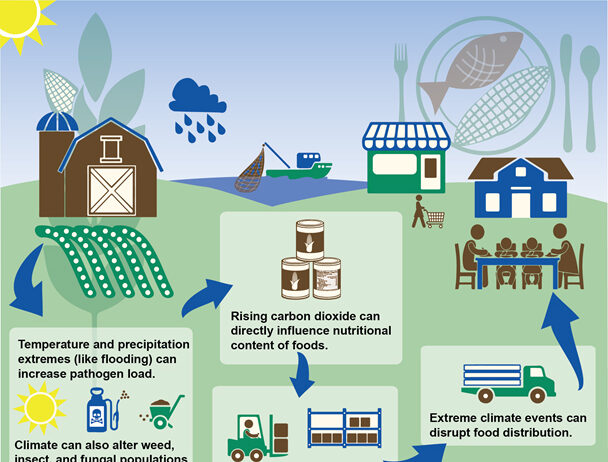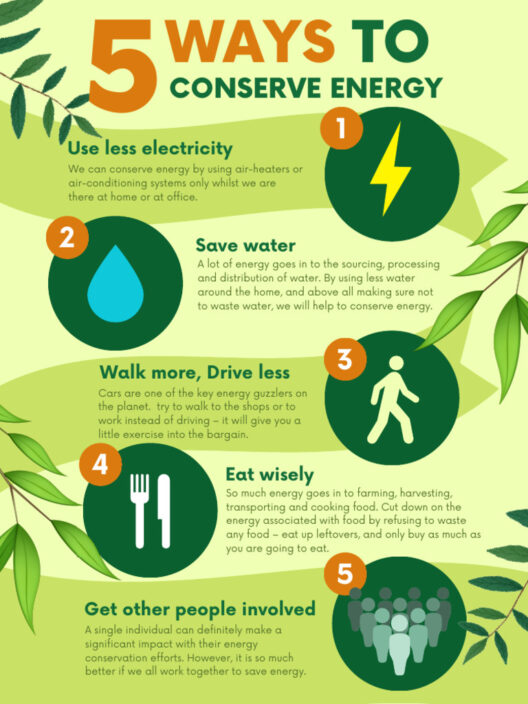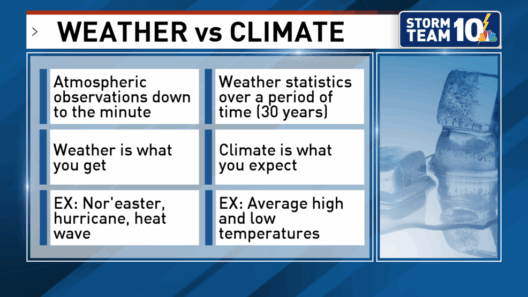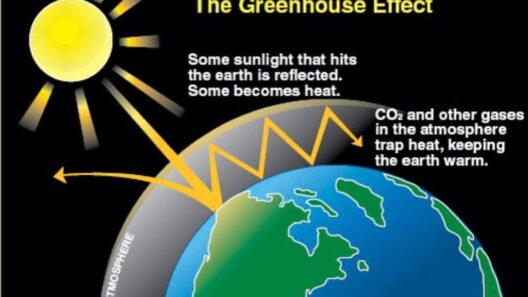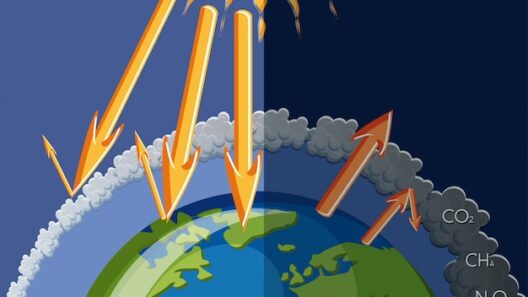Identifying Human Activities That Contribute to Global Warming
The onset of global warming has become one of the most pressing issues of our time, and understanding the human activities that contribute to this phenomenon is vital for crafting effective solutions. The intricate web of industrial, agricultural, and urban activities intricately interlaces with the rise in greenhouse gas emissions, leading to detrimental effects on our climate.
Human actions have been affecting the Earth’s atmosphere for centuries, but the rapid industrialization and mass consumption witnessed over the last century have escalated these impacts significantly. As our planet’s temperature continues to rise, an in-depth examination of specific human behaviors that significantly exacerbate global warming is crucial.
Let us delve into distinct arenas where human activity plays a pivotal role in climate change.
Energy Consumption and Fossil Fuels: The Primary Culprit
The burning of fossil fuels—coal, oil, and natural gas—stands as the principal contributor to global warming. When these fuels are combusted for energy, they release significant amounts of carbon dioxide (CO2) and other greenhouse gases into the atmosphere. The plethora of energy consumed in various sectors, including electricity generation, transportation, and industrial manufacturing, directly correlates with increased emissions.
The transportation sector exemplifies this issue poignantly. The reliance on personal vehicles, ships, and aircraft for commuting and logistics contributes excessively to atmospheric pollution. The combustion engines in these modes of transport produce a considerable volume of CO2, not to mention other harmful pollutants like nitrogen oxides and particulate matter.
Moreover, the escalation of energy demands due to a rising global population and burgeoning economies exacerbates this issue. Urbanization and infrastructure development facilitate increased energy usage, driving further pollution and greenhouse gas emissions.
Deforestation and Land-Use Changes: The Silent Saboteurs
Deforestation, frequently justified for agricultural expansion or urban development, is another significant contributor to global warming. Trees play a crucial role in sequestering carbon; they absorb CO2 from the atmosphere, mitigating the greenhouse effect. When forests are cleared, not only does carbon storage decline, but the act of cutting trees releases the carbon stored in their biomass.
Agricultural practices contribute to land-use changes, often leading to deforestation. Large swaths of forest are often cleared to make way for livestock grazing or the cultivation of monoculture crops. This not only diminishes biodiversity but also releases significant volumes of greenhouse gases as soil disruption occurs, further amplifying carbon emissions.
Additionally, land-use changes due to urban sprawl facilitate the loss of green spaces that naturally absorb atmospheric carbon. The resulting paved surfaces enhance the urban heat island effect, trapping heat, and exacerbating local climate conditions.
Industrial Processes: Emissions Beyond Energy Production
Industrial activities encompass a wide array of processes that contribute to global warming, extending beyond mere energy consumption. The manufacturing sector, for example, engages in various activities that emit CO2 and other greenhouse gases, including chemical production and metal refining. The use of fossil fuels in industrial processes generates an abundant output of greenhouse gases that significantly impacts climate change.
Cement production is among the most concerning industrial processes when evaluating its carbon footprint. The intricate method of producing cement involves the calcination of limestone, which releases CO2. This process alone contributes approximately 8% of global carbon emissions, illustrating how manufacturing activities can play a substantial role in exacerbating climate change.
Moreover, many industrial processes utilize hydrofluorocarbons (HFCs) and other potent greenhouse gases as refrigerants and solvents. Although these gases are less prevalent than CO2, their global warming potential is monumental, making them critical targets for climate interventions.
Agricultural Emissions: Beyond Just Land Use
Agriculture is not only a victim of climate change but also a significant contributor to greenhouse gas emissions. Various practices related to agriculture result in heightened emissions of methane (CH4) and nitrous oxide (N2O), both of which are far more effective at trapping heat in the atmosphere than CO2. Livestock farming is a notorious source of methane due to enteric fermentation, a natural digestive process that occurs in ruminants.
Moreover, the use of synthetic fertilizers in crop cultivation leads to the release of nitrous oxide when microbial processes in the soil convert nitrogen compounds. As these gases are emitted, they contribute to a more intense greenhouse effect, exacerbating global warming.
Waste Management: A Multidimensional Challenge
Lastly, waste management practices present a considerable challenge. Landfills not only occupy valuable land but also emit significant amounts of methane, particularly when organic waste decomposes anaerobically. Inefficient waste disposal methods and inadequate recycling programs further amplify this issue, as organic and other materials break down, contributing to greenhouse gas emissions.
Strategies to reduce waste through composting and recycling can mitigate these emissions, emphasizing the importance of sustainable waste management as a crucial aspect of tackling global warming.
In conclusion, human activities are deeply intertwined with rising global temperatures. Through energy consumption, deforestation, industrial processes, agriculture, and waste management, our actions have a tangible impact on the climate. Understanding these contributions is paramount for fostering informed discussions and encouraging collective action toward sustainable solutions to combat global warming.


